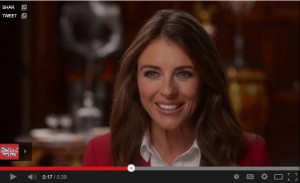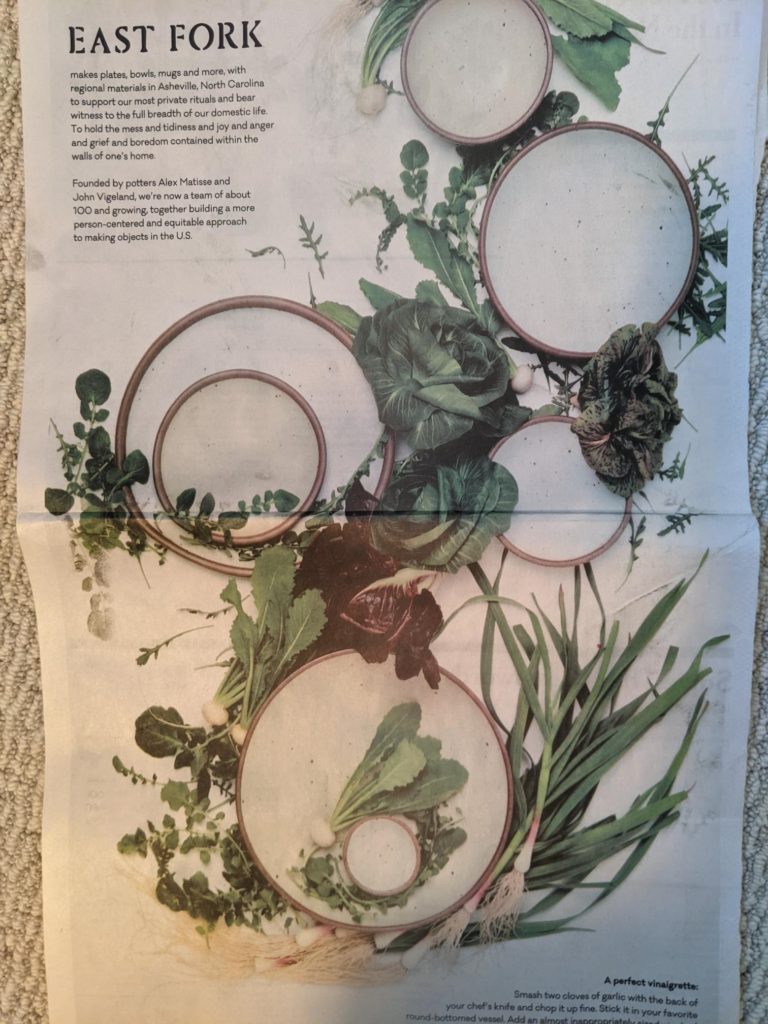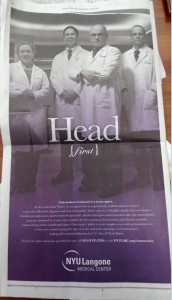Claim and proof. An evidentiary approach.
I was listening to a CareConnect health insurance radio spot yesterday and it reminded me of a marketing meme I refer to from time to time: “We’re here” advertising. We’re Here advertising does little more than remind consumers that a brand exists, what it does, and very little little else. Sure there are a couple of claims in We’re Here ads – in the case of CareConnect: 20% lower insurance rates, high quality healthcare providers — but the problem is there is no reason to believe these claims. No reason to remember. No evidence. Claims that just float.
This ad would have been way more convincing had it explained why CareConnect can afford 20% lower rates, a communication that often pings consumers to lower value. The reality is CareConnect is a property of the North Shore-LIJ Health System, which is so large ($5B plus), it can negotiate tougher terms with its doctors and everyone else. Moreover, as a health system with better patient outcomes it doesn’t need to pay for extra care or repeat care the way others do. Patients heal better the first time. And that type of data helps with the high quality claim.
You can’t just make advertising claims that sit on a clothes line. You have to explain them. That’s how you seed the point. That’s how the work becomes memorable.
Claim and proof are the key to branding and advertising. Peace.







